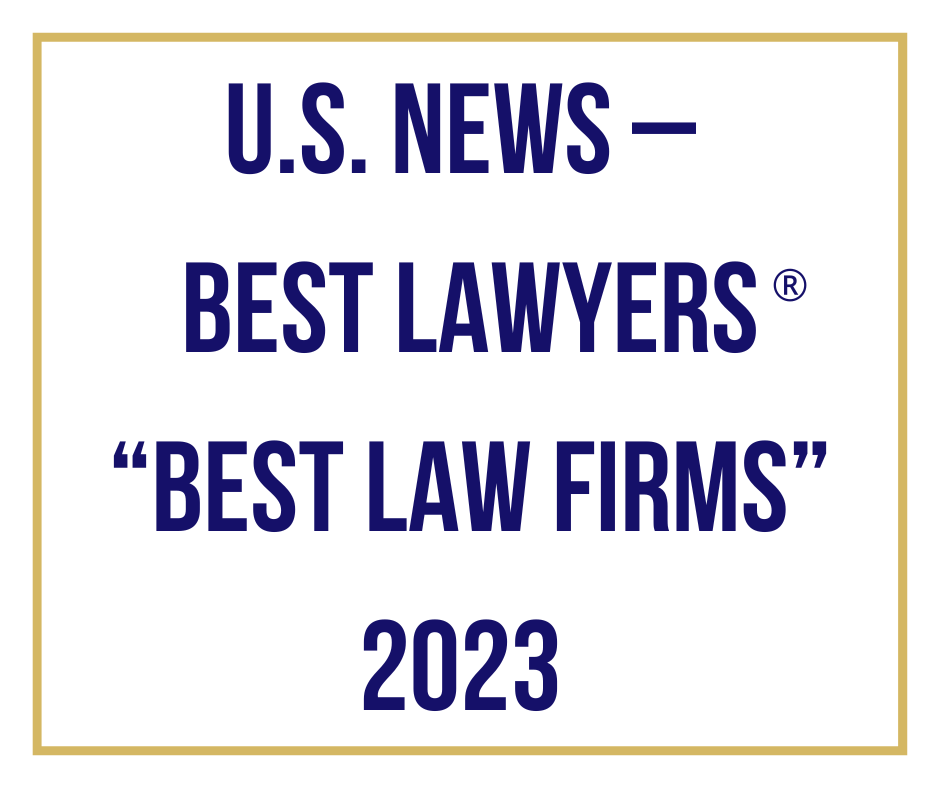 |
|
 | Michael Eisenbaum |
Corporate Protections:
Are They Illusory for the Small Business Owner?
Published in California CEO
We’ve all seen the ads encouraging small businesses to incorporate so that the business owners are not exposed to any personal liability by virtue of the corporate shield, which insulates the individuals from liability for the harmful acts of the corporation. But is that really the case? In many circumstances, the individual owner(s) of the corporation may still face personal liability, despite the corporation being the cause of the harm through a breach of contract or negligence, for example.
Alter Ego
Most people are familiar with the concept of “Piercing the Corporate Veil.” This is sometimes also referred to as the individual being the “Alter Ego” of the corporation, and creates personal exposure to the corporate owner where there is such a unity of interest and ownership that the separate personalities of the corporation and the individual cease to exist. This is typically found when the owner fails to observe the corporate formalities and uses the corporation as a sham, such that the corporation was dominated or controlled by the alter ego individual. The one seeking to pierce the corporate veil and impose liability on the owner has the burden of proving the alter ego circumstances.
There are several factors used to determine alter ego liability, and include such things as:
1. Co-mingling of funds or assets;
2. Treatment of the corporate assets as the individual’s (such as using corporate funds to pay personal debts);
3. Failure to maintain corporate formalities (maintaining corporate records);
4. Inadequate capitalization compared to the corporate risks involved; and
5. Individuals holding themselves out as responsible for the corporate obligations.
Establishment of Personal Liability
However, the concept of piercing the corporate veil or alter ego is not the only means where an individual can be personally liable. Most notably, where the company owner is the individual actor in causing the harm, their tortious conduct cannot be shielded by the corporation. This is also true for employees of the corporation, whose actions result in direct harm to others, such as a company driver causing an automobile accident. Of course, where the owner, director, officer or employee are acting on behalf of the corporation when an incident occurs, the assets of the corporation, including any applicable insurance, will protect the individual as the corporation is obligated to indemnify the person for the harm caused. But if the assets of the corporation or applicable insurance are insufficient, the individual faces liability for the remaining exposure created by harm caused by that individual.
The liability determined here does not depend on the same reasoning as piercing the corporate veil. The establishment of a corporation cannot be used to shield officers from their own tortious conduct committed through the corporation. That officer may be held personally liable if the plaintiff can establish that: (1) the officer’s conduct involved specific authorization, direction, or participation in alleged tortious conduct or (2) although the officer knew or should reasonably have known that there was a hazardous condition under his control that could injure plaintiff and failed to take appropriate action to avoid the harm, and (3) an ordinarily prudent person with the same knowledge the officer had would not have acted similarly given the same circumstances. Frances T. v. Village Green Owners Assn., 42 Cal 3d 490, 508-509 (1986). It must be clearly unreasonable given the circumstances are known for the officer to act as he did to be held personally liable. Id at 509.
Small Business Risk
This situation involving the personal liability of the owner/officer/employee most often arises in the smallest of companies, where the owner is the only employee or one of just a few employees where the owner actively participates in the corporation’s work activities. For example, in one construction case, the defendant was held personally liable for his tortious conduct due to his personal participation and direction regarding the construction of the plaintiff’s patio and driveway. Michaelis v. Benavides, 61 Cal. App. 4th 681, 686 (2d Dist. 1998). The defendant in that matter made the decision to use cheaper materials and construction methods that ultimately resulted in structural deficiencies in the patio and driveway. Id. As a result, the court held there was a breach of the duty of care to a third party that caused that third party to suffer physical damage to his property. Id. The court reasoned that the corporate fiction was merely established to protect officers from liability for corporate contracts and not as a means to protect officers from their own personal tortious conduct. Id. at 688.
Takeaways
The lesson here is therefore to 1) make sure that corporate formalities are observed, keeping the corporate entity separate and distinct from the individual; and 2) make sure the corporation is adequately capitalized and carries sufficient insurance to cover any potential liability the work of the company may create. Otherwise, the individual owner of the company, performing or directing the work, risks his or her personal assets despite the fact that he or she incorporated the company.
View the original article here.




